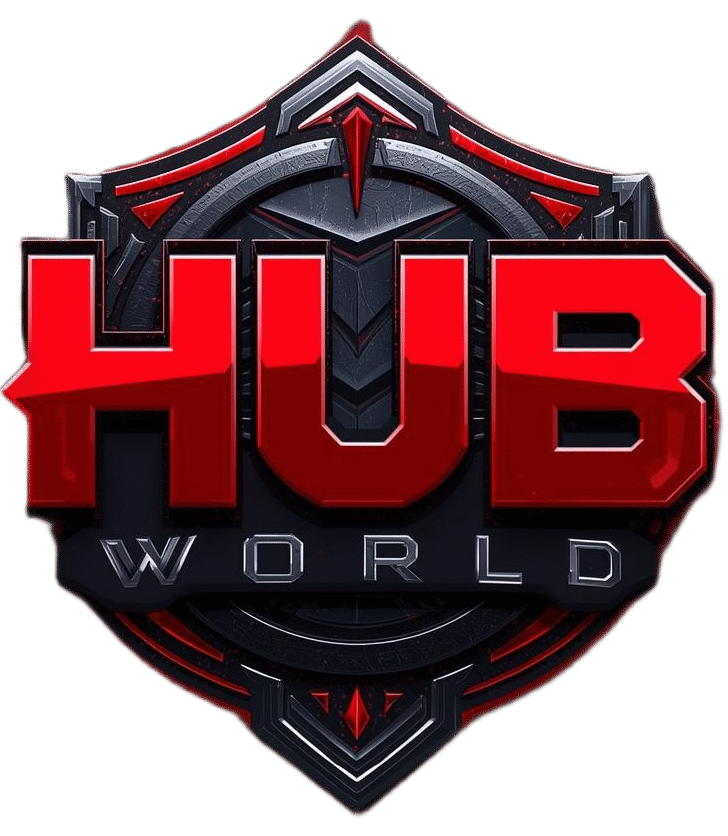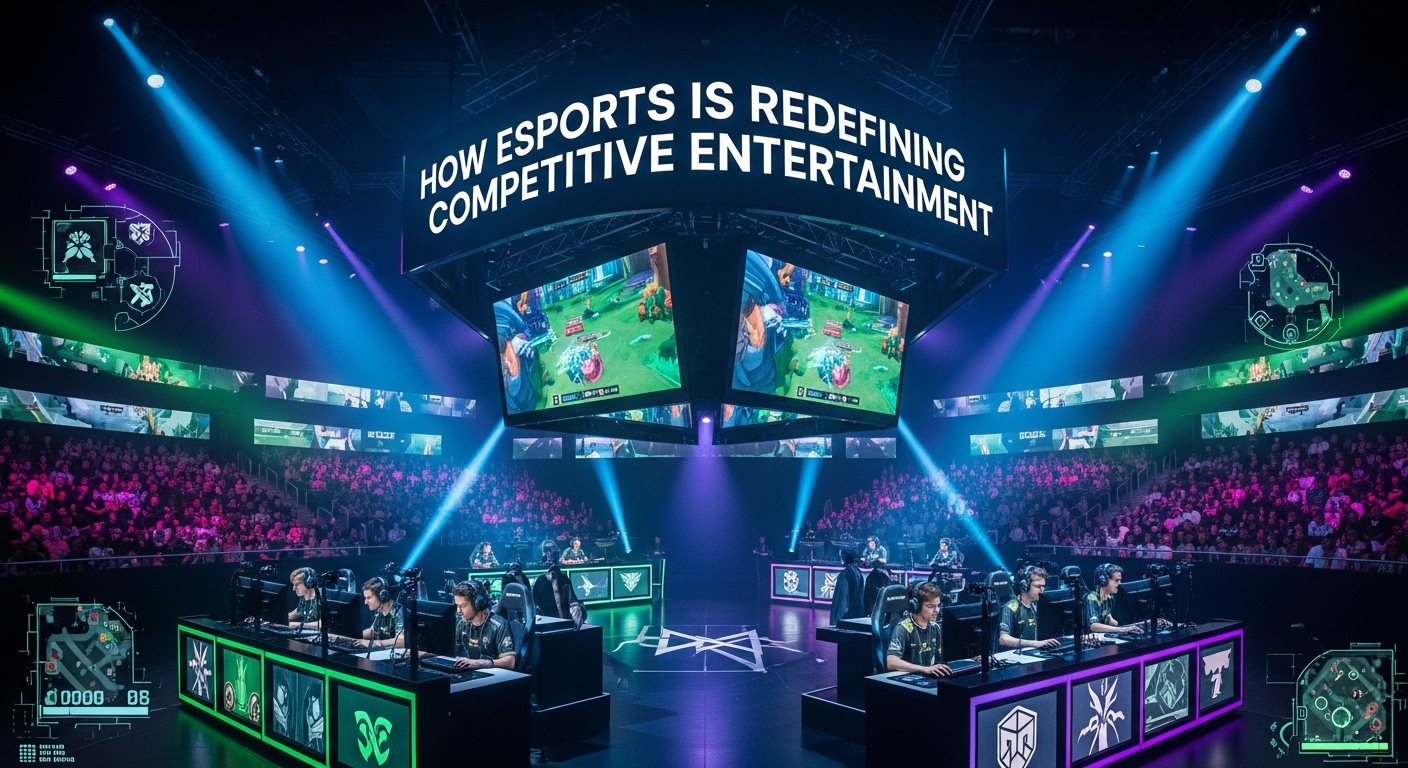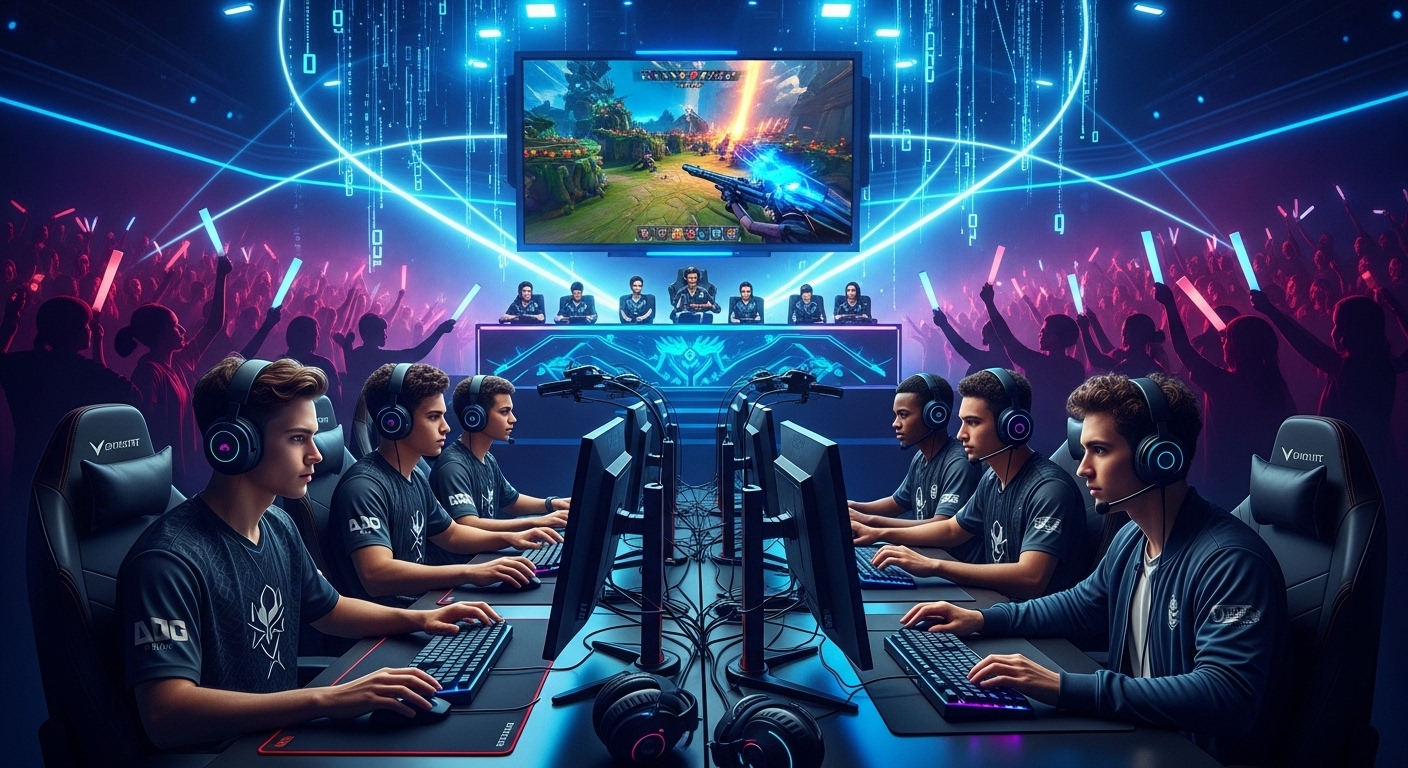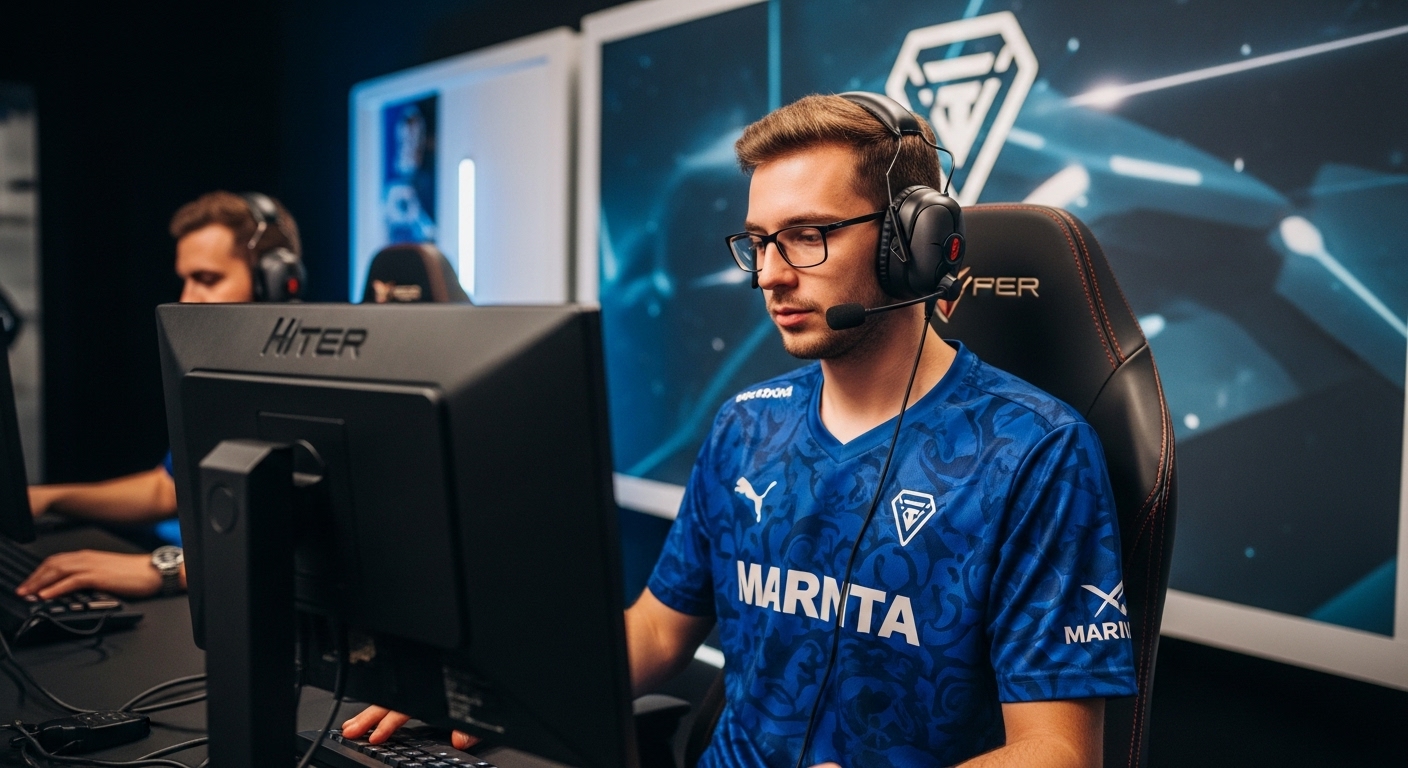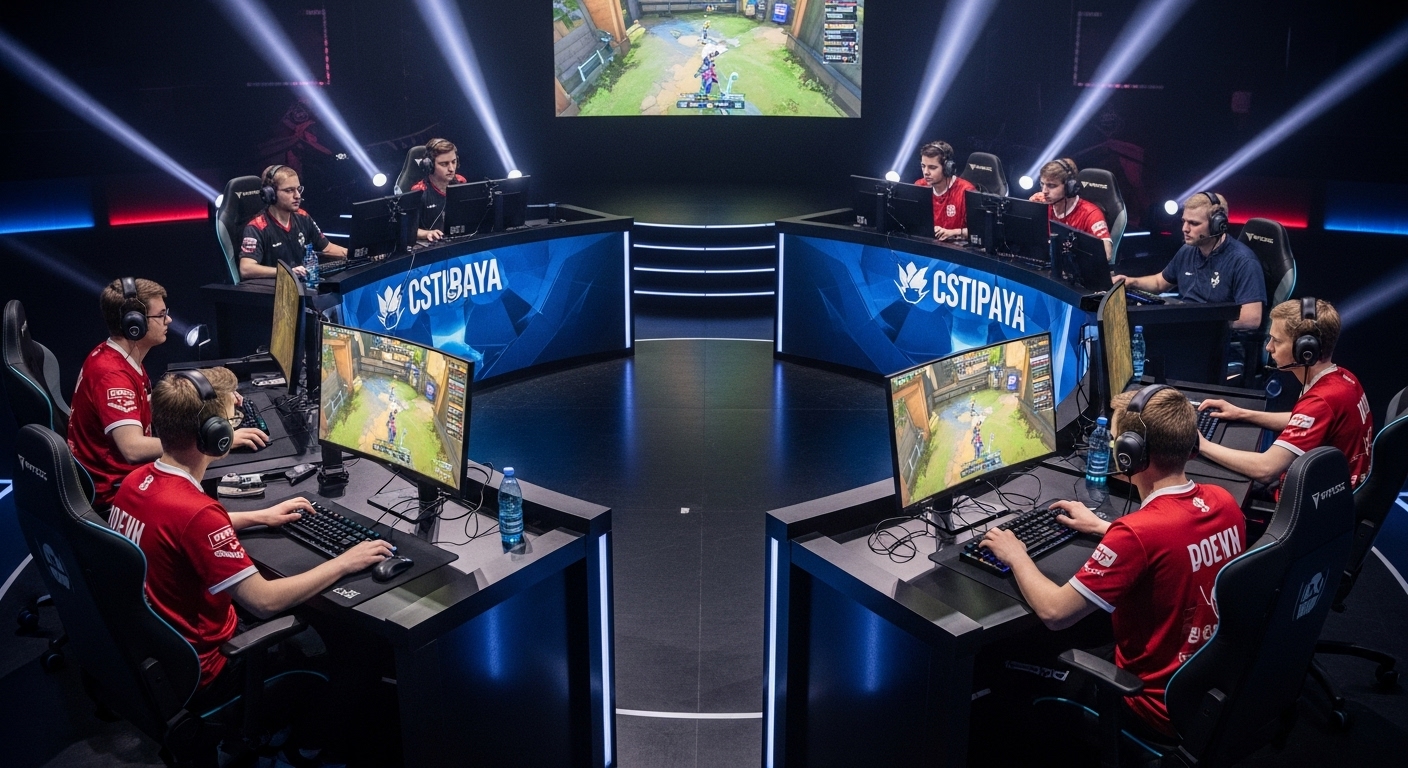Competitive gaming has been one of the fastest-moving cultural and technological stories of the 21st century. In less than two decades esports moved from niche LAN parties and grassroots tournaments to stadium-filling events, televised finals, and multi-million-dollar franchised leagues. As we look toward 2030, competitive gaming will not simply be a bigger version of 2025 — it will be refracted through emergent technologies, changed business models, maturing governance, and shifting cultural expectations. This post maps the most likely developments, the risks and opportunities they bring, and what players, organizers, brands, and fans should prepare for.
Quick snapshot: what competitive gaming looks like in 2030 (TL;DR)
- Hybrid stadium + virtual events become the norm: physical arenas host marquee finals while parallel virtual venues in metaverses host side-events and global watch-parties.
- AI in coaching and match prep is ubiquitous: teams use advanced, explainable AI to analyze tendencies and design micro-strategies.
- Cloud-native esports allow high-level competition on low-end devices, making professional play accessible to new regions.
- New broadcast experiences: multi-angle, interactive streams with real-time stats, betting overlays, and optional AR/VR spectator modes.
- Player career support becomes institutionalized: standardized healthcare/mental support, contract minima, and formal retirement paths emerge.
- Regulation and integrity: anti-cheat evolves to hardware+software attestation and zero-trust systems; gambling and sponsorship regulations tighten.
- Sustainable monetization: blended revenue — subscriptions, NFTs with utility, microtransactions tied to fandom, and better revenue shares for creators.
- Games as ecosystems: publishers adopt longer-term competitive roadmaps; community-run circuits coexist with publisher-run leagues.
1. Technology will reframe what “competition” means
Cloud and latency: competitive parity across devices
By 2030, cloud and edge compute will have lowered latency enough that competitive-caliber play on streamed clients is routine across many titles, especially RTS, turn-based, or games built with netcode designed for cloud play. This means:
- Prospective pro players won’t need top-tier rigs to practice or compete; performance hardware becomes less of a gatekeeper.
- Regions previously locked out by hardware costs can produce elite talent, democratizing talent pipelines.
- Tournament organizers gain flexibility — hybrid formats where some players are in-arena while others participate remotely become more feasible.
That said, reflex-based shooters and fighting games will continue to demand low-latency local clients for the highest tier, so hybrid approaches and rigorous latency rules will persist.
AR/VR and the new spectator modes
Immersive tech will change how people watch competition. Expect three parallel spectator experiences:
- Traditional broadcast — polished, commentated streams optimized for discovery.
- Interactive 2D streams — customizable HUDs, real-time stats, and community overlays.
- Immersive 3D/AR/VR — attend a match in virtual space with positional audio, sit “on” the virtual stage, or view live tactical overlays in augmented reality.
Publishers and esports broadcasters will compete on which experience offers the best blend of immersion and accessibility. AR will make live events richer — imagine walking a real arena while receiving player POV replays on your phone or AR glasses.
AI: assistant, coach, and meta-engine
AI is going to be the Swiss Army knife of competitive gaming:
- Coaching: automated breakdowns of player decision-making, opponent pattern mining, and scenario simulations will reduce the time needed for tactical preparation.
- Personalized training: bots will adapt to a player’s weaknesses and train specific micro-skills repeatedly with instant feedback.
- Meta analysis: AI will model patch impacts across thousands of games in hours, guiding balance teams and pro staff.
- Broadcast augmentation: AI will create instant highlights, explain complex plays to casual viewers, and automate localized commentary.
However, the community will demand explainability and anti-abuse safeguards (e.g., ensuring AI coaches don’t leak strategies or give unfair in-match assistance).
2. Business models: diverse, data-driven, and fan-first
From sponsorships to stakeholdership
Brands have refined their playbooks. Sponsorships remain important, but by 2030 successful brands act as stakeholders, investing in community programs, youth academies, and content hubs. Key trends include:
- Long-term partnerships with teams and leagues that include ROI metrics tied to engagement and content performance, not just logo placement.
- Creator-brand co-ownerships, where top streamers and players are equity partners in content verticals and events.
- Localized monetization tailored to growing markets — payment systems, prize pool models, and in-game economies that reflect regional behaviors.
Blended monetization for stability
Relying solely on ad revenue is risky. The mature esports industry in 2030 blends:
- Subscriptions for premium viewing experiences (ad-free, multiple camera feeds, data overlays).
- Microtransactions that give fans cosmetic items tied to events, teams, or players (with clear consumer protections).
- Merch and real-world experiences — limited edition drops tied to live events and crossovers with pop culture.
- Sensible use of blockchain/NFTs: where NFTs provide verifiable ownership of digital memorabilia, ticketing authenticity, or in-game cosmetic provenance — but not speculative gambling.
Creator economy and revenue share
Streamers and content creators will be tightly integrated into competitive ecosystems, often receiving revenue shares from tournament viewership and merch sales. Platforms that transparently share metrics and payouts will win creators’ trust.
3. Governance, regulation, and integrity: maturation, not an afterthought
League and player protections
The pro scene is maturing: by 2030 we’ll see more standardized contracts (minimum wage floors, health insurance contributions, pension/retirement plans) especially in established leagues. National federations or independent bodies will start setting guidelines for player welfare, especially for minors in feeder systems.
Anti-cheat and fair play
Cheating will push anti-cheat into new territory:
- Hardware-backed attestation: consoles/PCs use trusted platform modules to verify software integrity during sanctioned matches.
- Zero-trust architectures: every client-server interaction is authenticated and monitored for anomalies.
- AI detection: machine learning flags suspicious behavioral patterns, cross-checked by human teams.
- Privacy balances: anti-cheat will face scrutiny; the industry will need transparent audit systems and appeals processes to avoid false positives.
Gambling, match-fixing, and legal oversight
As monetization diversifies, so do risks. Governments will apply tighter regulations around in-game item gambling and betting markets. Leagues and publishers must be proactive: mandatory education programs for players, stricter contract clauses, and real-time monitoring of betting markets to detect suspicious activity.
4. The professional player: longer careers, richer support
Holistic player development
Being a pro in 2030 is less ad-hoc. Organizations invest in:
- Multidisciplinary support teams — physical therapists, sports psychologists, nutritionists, and sleep coaches.
- Data-informed practice regimens — personalized schedules and recovery plans driven by biometrics and performance analytics.
- Dual-career programs — education and skills training to prepare players for roles after competitive retirement (coaching, content creation, analysis, or industry roles).
Age and career arcs
While peak mechanical skill still trends younger in some genres, improved coaching and health management will extend competitive lifespans. Titles that reward game sense, leadership, and strategy will see older players remain dominant longer.
5. Formats and ecosystems: more choice, clearer ladders
Multiple coexisting circuits
2030 won’t be dominated by a single league system. Instead, ecosystems will coexist:
- Publisher-run global championships remain top-tier for marquee titles.
- Franchise leagues offer stability for regions and investors.
- Open circuits and community-run ladders serve grassroots development and niche titles.
- Third-party event promoters stage cross-title festivals that combine live music, content creation, and competition.
Successful ecosystems will create transparent progression ladders: amateur → semi-pro → pro, with scouts and talent analytics bridging the gaps.
Cross-game multi-discipline events
Expect festivals that mix fighting games, FPS, kart racers, and strategy tournaments into a single spectator product — appealing to casual fans and creating new sponsorship packages.
6. Viewership: interactive, social, and participatory
From passive viewing to active participation
By 2030, fans won’t just watch — they’ll interact:
- Fan-controlled camera angles and instant-replay control in premium streams.
- Predictive mini-games: real-time prediction mechanics that reward accurate reading of the game (not gambling).
- Localized viewing parties: AR-enabled watch parties where virtual trophies and live data augment a physical social event.
Data-rich broadcasts
Broadcasters will layer streams with contextual, real-time advanced analytics — win probability graphs, micro-decision analysis, and instant player heatmaps — making the product more engaging for advanced fans while still providing simplified modes for newcomers.
7. Diversity, inclusion, and culture
Global talent, regional representation
As barriers fall — cloud play, lower hardware costs — talent hotbeds will emerge beyond traditional regions. Expect new stars from underserved markets, and tournaments reflecting that diversity in regional leagues and broadcast languages.
Inclusion and safety
Industry efforts to curb toxicity, harassment, and hate speech will grow more sophisticated. Platforms and leagues will implement enforceable codes of conduct, better moderation tools, and restorative processes for offenders. The community will increasingly demand accountability from organizations and sponsors.
8. Education, careers, and the pipeline
Esports in schools and universities
By 2030, structured esports programs will be mainstream in many schools and universities, offering scholarship paths, curriculum-aligned coaching, and academic-credit competitions. These programs will:
- Teach not only game skills but teamwork, communication, and media literacy.
- Be governed by educational standards, distinguishing them from professional academies.
- Serve as talent feeders to semi-pro and pro levels with ethical recruiting practices.
New career verticals
Beyond players, career opportunities will multiply: data scientists specialized in match analytics, competitive production designers for immersive broadcasts, AR/VR experience architects, and esports policy specialists.
9. Economics of prize pools and sustainability
Prize pools evolve
Massive prize pools will remain headline-making for a few flagship events, but by 2030, sustainable earnings will depend more on steady organizational revenue (merch, content, subscriptions). Tournament organizers will design prize structures to reward consistent performance, not just single-event wins, supporting players’ long-term sustainability.
ESG and event sustainability
Carbon footprint and social responsibility become bargaining chips in sponsorship. Organizers will emphasize greener live events, offsetting travel emissions, and community engagement as part of event bids.
10. Risks & friction points to watch
Over-commercialization vs. authenticity
Fans will push back if monetization degrades the product’s authenticity. The line between in-game monetization and sport integrity must be carefully managed.
Fragmentation of audiences
Too many platforms or paywalled premium features could fragment audiences and harm discoverability. Platforms and leagues that prioritize healthy, wide pipelines for casual fans will maintain long-term growth.
Regulatory shocks
Different jurisdictions will iterate on gambling, labor, and data laws at different speeds. Global organizations will need agile legal strategies and localized operations.
Tech arms race and fairness
As hardware, cloud, and AI capabilities diverge across teams and regions, league rules will need to ensure a level playing field. Transparent technological standards and auditing will be essential.
11. What publishers will do (and what they shouldn’t)
Smart moves
- Publish long-term competitive roadmaps so teams and fans can invest in the title’s ecosystem with confidence.
- Open APIs for data to encourage third-party analytics and content innovation.
- Support grassroots: prize support, regional qualifiers, and low-cost tournament tools.
Missteps to avoid
- Overly restrictive monetization that hoards revenue and alienates creators.
- Opaque anti-cheat systems that risk privacy or unfair bans.
- Short-term prize pool stunts without infrastructure to support a pro ecosystem.
12. Predictions & scenarios for 2030 (concrete examples)
- Prediction — The Hybrid Championship Final
The world’s most-watched esports final will take place in a physical arena with 20,000 attendees while simultaneously hosted inside a metaverse venue where hundreds of thousands attend virtually. Fans in AR can overlay player stats on their seats; remote fans can choose from 6 camera angles and personalized data overlays. - Prediction — AI Coaches, Human Heart
Every pro team will employ AI as part of their coaching staff. But human coaches remain essential for player psychology, leadership, and emotional support. AI will be regulated: in-match assistance is banned; offline AI prep is permitted and audited. - Prediction — New Champions from New Regions
A champion team originates from a region previously underrepresented (due to cloud gaming hubs and regional investment), shaking up scouting networks and demonstrating the global democratization of gameplay. - Prediction — Standardized Player Protections
Major franchised leagues will require minimum contracts with healthcare contributions and retirement planning, influenced by collective bargaining or regulatory frameworks in multiple countries. - Prediction — A Mature Creator-League Symbiosis
Streamers and pro players will be equity holders in content platforms, sharing in event revenues and participating directly in league governance advisory councils.
13. Practical advice: what different stakeholders should do now
For players and aspiring pros
- Invest in versatile skills (communication, leadership) in addition to mechanical practice.
- Build a personal brand and content presence early — income diversification matters.
- Prioritize health and routine: sleep, nutrition, and mental coaching will prolong your career.
For teams and orgs
- Build robust player welfare programs; it’s both ethical and strategic.
- Invest in data and AI responsibly — hiring analysts who can interpret data and enforce model checks.
- Diversify revenue to avoid overreliance on sponsorships.
For publishers
- Provide consistent competitive roadmaps, transparent data, and developer support for the competitive scene.
- Invest in anti-abuse transparency, and design anti-cheat with user privacy and appeal mechanisms.
For brands & sponsors
- Focus on authentic partnerships that provide fan value (content, community programs), not just logo placement.
- Support local initiatives to build grassroots engagement in emerging regions.
For broadcasters & platforms
- Offer tiered viewing experiences: simple, beginner-friendly modes and deep-analytics premium options.
- Collaborate with leagues to create discoverability feeds that onboard new fans.
14. Closing: why competitive gaming in 2030 matters
By 2030, competitive gaming will be less of a novelty and more of an integrated cultural ecosystem — a space where technology, sport, entertainment, and community intersect. It will offer new career paths, richer social experiences, and global cultural exchange. But as the industry matures, the choices made by publishers, leagues, platforms, and fans today will determine whether esports becomes a sustainable, inclusive, and respected global sport-like ecosystem — or a fragmented, hyper-commercialized industry that loses touch with the community that built it.
